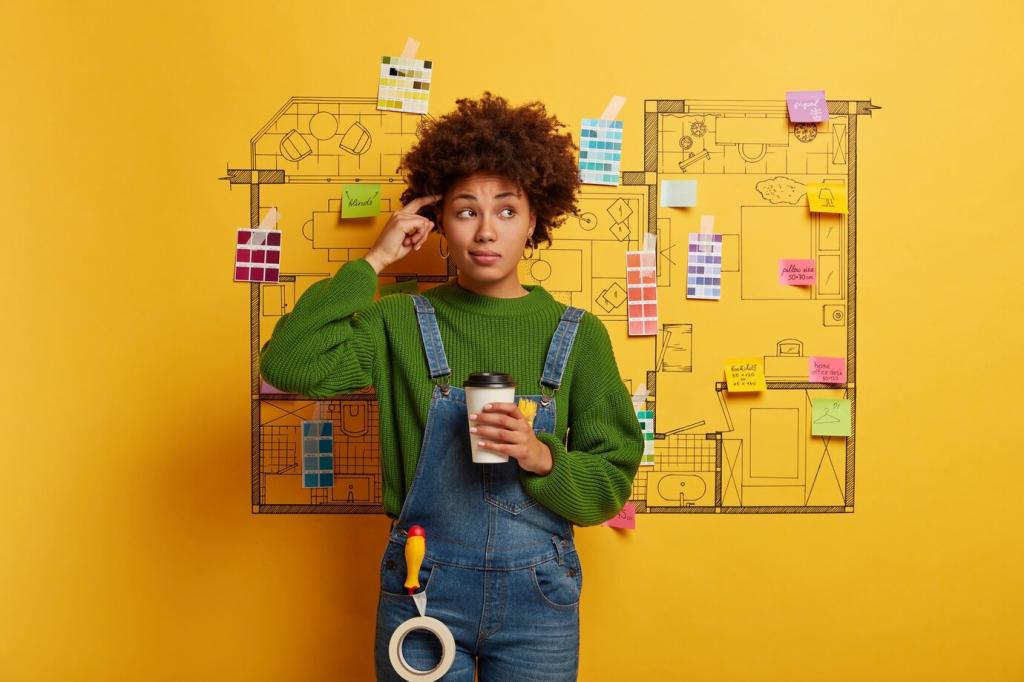Foundations of Minimalist Color Palettes
When your palette narrows, your message sharpens. Two or three hues establish recognizable rhythm, guide attention, and reduce decision fatigue. A minimal palette becomes the silent editor that keeps headlines crisp, imagery intentional, and every element aligned with a single, memorable story.
Foundations of Minimalist Color Palettes
Minimalist palettes often rely on grounded neutrals—warm off-whites, gentle greiges, and soft charcoals—to form a calm stage. Add one deliberate contrast, and the accent suddenly matters. The result feels balanced yet dynamic, like a whisper that somehow carries across the room.
Foundations of Minimalist Color Palettes
I once replaced a rainbow of swatches with three jars: ivory, slate, and clay. The project transformed overnight. Clients noticed the calm immediately, and feedback shifted from color debates to narrative clarity. Share your own turning point in discovering restraint below.



